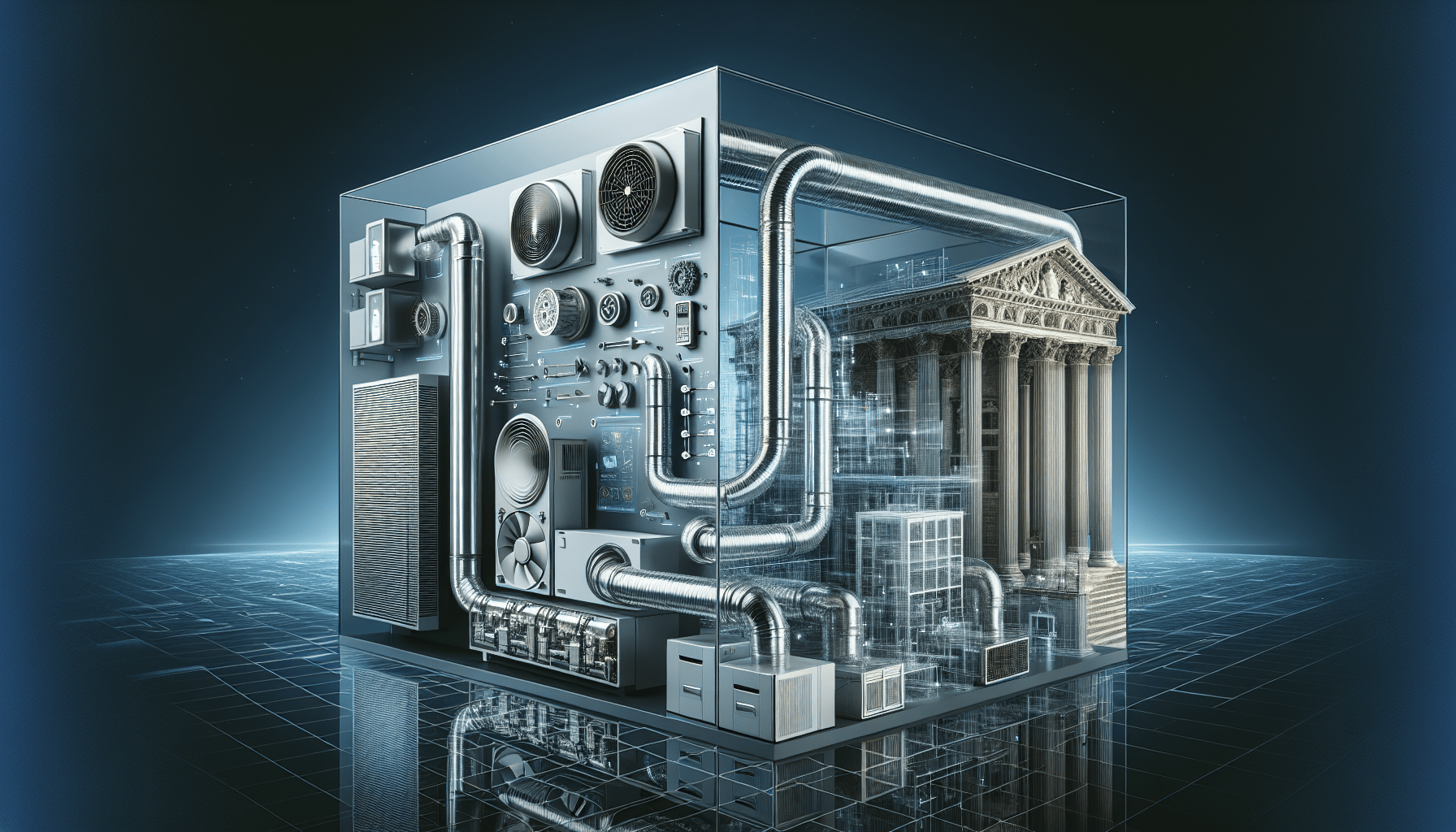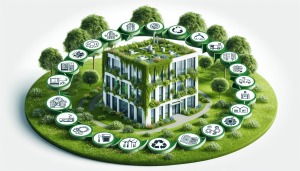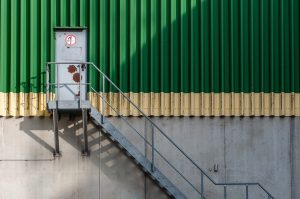Ever wondered how we can breathe new life into older buildings without compromising our planet’s future? In “How Do You Retrofit An Existing Building To Be More Sustainable?” we explore practical steps and innovative techniques to transform dated structures into eco-friendly spaces. By focusing on energy efficiency, incorporating renewable resources, and enhancing indoor air quality, we show just how feasible and beneficial it is to make our built environment more sustainable. Together, let’s delve into the rewarding journey of retrofitting and create a greener future for us all.
How Do You Retrofit An Existing Building To Be More Sustainable?
Have you ever wondered how we can take old buildings and make them environmentally friendly? Retrofitting an existing building to be more sustainable is not only possible, but it’s also a smart way to reduce environmental impact while enhancing the building’s performance. Together, let’s delve into the process, benefits, and steps of retrofitting buildings for sustainability.
Understanding the Concept of Retrofitting
Let’s start with what retrofitting actually means. Essentially, retrofitting involves upgrading an existing building’s systems and structures to improve energy efficiency, reduce environmental footprints, and enhance overall functionality without causing significant disruption.
Why Retrofits Are Important
Retrofitting older buildings is crucial because the construction of new eco-friendly buildings is often more resource-intensive. By retrofitting, we can preserve existing structures, reduce waste, and improve energy performance, providing both economic and environmental benefits.
Assessing Current Building Performance
Before we can make any changes, we need to understand the building’s current performance. A thorough assessment helps identify areas with the most potential for improvement.
Energy Audit
An energy audit is the first step. This involves detailed inspections and analyses of how energy is being consumed. Energy audits can range from simple visual inspections to detailed investigations using sophisticated equipment.
Benchmarking
Benchmarking compares the building’s performance to similar buildings. It helps us understand how a building ranks in terms of energy efficiency, water usage, and other sustainability metrics.
Identifying Key Areas for Retrofitting
Once we complete our assessment, it’s time to identify key areas where retrofitting can make a significant impact.
Insulation and Weatherproofing
Improving insulation and weatherproofing can drastically reduce energy usage. This involves upgrading the building envelope, including walls, roofs, windows, and doors.
HVAC Systems
Heating, ventilation, and air conditioning (HVAC) systems are often major energy consumers. Upgrading these systems can lead to substantial energy savings and improved indoor air quality.
Implementing Energy-Efficient Technologies
Now that we know what needs to be upgraded, let’s focus on implementing energy-efficient technologies.
Lighting Systems
Switching to LED lighting and using smart lighting controls can significantly cut down energy consumption. Consider motion sensors and dimmers to further enhance efficiency.
Renewable Energy Sources
Incorporating renewable energy sources like solar panels can help offset energy costs and reduce reliance on non-renewable energy sources.
Energy Management Systems (EMS)
An EMS can provide real-time data on energy consumption, enabling us to make informed decisions about managing energy use more efficiently.
Enhancing Water Efficiency
Water efficiency is another critical aspect of sustainable retrofitting. We must consider various methods to reduce water usage and recycle water where possible.
Low-Flow Fixtures
Installing low-flow faucets, showerheads, and toilets can significantly reduce water usage without sacrificing performance.
Rainwater Harvesting Systems
Rainwater harvesting systems can be used for landscaping and other non-potable water needs, cutting down on the overall water consumption.
Improving Indoor Environmental Quality (IEQ)
A sustainable building should not only save energy but also improve the comfort and well-being of its occupants.
Indoor Air Quality
Improving ventilation and using air purification systems can enhance indoor air quality, making the indoor environment healthier.
Natural Lighting
Maximizing natural light reduces reliance on artificial lighting and improves occupant well-being. This can be achieved through strategic window placement and skylights.
Non-Toxic Materials
Using non-toxic paints, adhesives, and other materials can improve indoor air quality by reducing pollutants.
Financial Incentives and ROI
Retrofitting a building for sustainability can be a significant investment. However, the long-term financial benefits often outweigh the initial costs.
Government Incentives
Many governments offer financial incentives, rebates, and tax breaks for building owners who undertake energy-efficient retrofits.
Return on Investment (ROI)
Energy savings, increased property value, and enhanced tenant satisfaction contribute to the ROI of sustainable retrofitting projects. It is essential to calculate the projected ROI before embarking on the project.
Life-Cycle Cost Analysis
This analysis helps us understand the total cost of ownership over the building’s lifespan. It considers initial costs, operation, maintenance, and eventual disposal costs, providing a more comprehensive financial picture.
Implementation Strategies
Now that we understand the why and what, let’s focus on the how.
Planning and Design
A successful retrofitting project begins with meticulous planning and design. Collaborate with architects, engineers, and sustainability consultants to create a detailed plan.
Phased Implementation
Implementing retrofits in phases can minimize disruption and allow us to spread costs over time. Prioritize areas with the highest impact first.
Monitoring and Maintenance
Continuous monitoring and regular maintenance are vital to ensure that the retrofitted systems function optimally.
| Implementation Phase | Key Activities | Benefits |
|---|---|---|
| Phase 1 | Insulation and Weatherproofing, Auditing | Immediate energy savings |
| Phase 2 | HVAC Upgrade, Lighting Systems | Enhanced efficiency, comfort |
| Phase 3 | Renewable Energy, EMS Installation | Long-term cost savings, control |
| Phase 4 | Water Efficiency, IEQ Improvements | Reduced water bills, health |
| Ongoing | Monitoring and Maintenance | Sustained performance |
Challenges and Solutions
Retrofitting isn’t free from challenges. Recognizing potential obstacles and finding solutions is part of the process.
Structural Limitations
Older buildings often have structural limitations that can restrict certain upgrades. Working with experienced structural engineers can help find viable solutions.
Budget Constraints
Budget constraints can limit the scope of retrofitting projects. Prioritize high-impact areas first and explore financing options.
Tenant Disruptions
Retrofitting can disrupt tenant activities. Proper planning and phased implementation can minimize disruptions.
Case Studies
Learning from real-world examples can be incredibly insightful. Let’s look at a couple of case studies of successful retrofitting projects.
Case Study 1: The Empire State Building
The retrofit of the Empire State Building is one of the most celebrated examples. Through various upgrades, including window refurbishments and HVAC improvements, the building achieved a 38% reduction in energy consumption.
Case Study 2: The Bullitt Center
Dubbed the ‘Greenest Commercial Building in the World,’ The Bullitt Center in Seattle incorporated features like high-performance windows, solar panels, and rainwater harvesting during its retrofit.
Lessons Learned
Both case studies highlight the importance of comprehensive planning, phased implementation, and continuous monitoring.
Conclusion
So, how do you retrofit an existing building to be more sustainable? The process involves a thorough assessment, strategic planning, and the implementation of energy-efficient technologies and practices. While challenges exist, the long-term benefits of reduced energy consumption, lower operating costs, improved occupant comfort, and a smaller environmental footprint make the effort worthwhile.
Final Thoughts
Sustainable retrofitting is not just an option; it’s a necessity in our quest for a greener future. By investing in retrofitting, we contribute to environmental conservation, economic savings, and enhanced quality of life for building occupants.
Let’s continue to explore, innovate, and implement sustainable practices in all aspects of building design and operation. Together, we can make our existing buildings more sustainable, one retrofit at a time.




